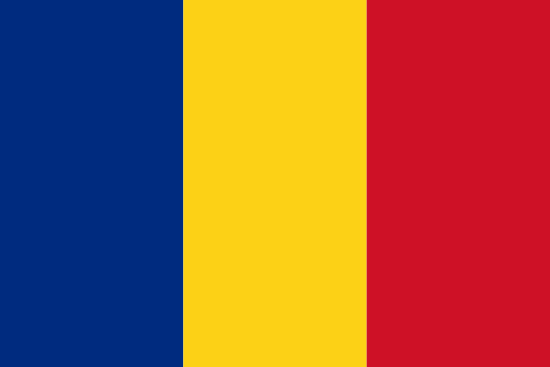"București - Orașul între Est și Vest | Bucharest - The City between East and West"
About:
Bucharest, Romania's capital, was first mentioned in 1459 and became the capital of Romania in 1862. Its growth was influenced by periods of Ottoman, Austrian and Russian rule. The city flourished in the late 19th and early 20th centuries, known as the "Little Paris". Post-WWII, Bucharest experienced a communist era marked by rapid urbanization. After the 1989 revolution, Bucharest transitioned to a market economy. Today, it's a bustling metropolis, combining its rich history with modern influences.
When to visit:
Bucharest, the capital city of Romania, experiences a temperate-continental climate with four distinct seasons. The optimal time to visit Bucharest for a holiday is during the late spring to early autumn months, typically from May to September. During this period, the weather is generally pleasant with warm temperatures perfect for exploring the city's many attractions. Visitors can enjoy outdoor activities, festivals, and cultural events that take place during the summer months, making it an ideal time to experience the vibrant atmosphere of Bucharest.
When to avoid:
The worst time to travel to Bucharest on a holiday is during the peak winter months of December to February. This period experiences extremely cold temperatures, often dropping below freezing, leading to icy conditions and reduced daylight hours. Additionally, snowfall and inclement weather can disrupt travel plans and limit outdoor activities. Tourist attractions may have reduced hours or be closed altogether during this time, impacting the overall travel experience in Bucharest on a holiday.
Winter (Dec-Feb)
During Bucharest's winter season, from December to February, the city experiences its coldest temperatures, averaging around -2°C, with occasional drops below -10°C. Snowfall is common, often creating a picturesque, frosty landscape. Rainfall is relatively low, averaging 30mm per month. Days are short, with about 4-5 hours of sunlight, and cloud cover is high, often resulting in overcast skies. For a visitor, an average day would likely involve bundling up in warm clothing to explore the city's indoor attractions or braving the cold for a snowy walk.
"Summer (June-August)"
In Bucharest, the warmest part of the year typically spans from late May to early September, with July and August being the hottest months. During this period, the average daytime temperatures range from 25°C to 30°C (77°F to 86°F), though it can occasionally reach up to 35°C (95°F).
Rainfall is moderate during the summer, with monthly averages ranging from 40mm to 60mm. Thunderstorms are common but usually brief. The city enjoys long hours of sunlight, with an average of 14 to 15 hours of daylight per day.
Humidity levels are relatively low, averaging around 50-60%, making the heat more tolerable. Cloudiness varies, but clear to partly cloudy skies are more common, providing plenty of sunshine.
A typical day for a visitor in Bucharest during the warmest part of the year would start with a pleasantly warm morning, heating up by midday. The afternoons might bring occasional thunderstorms, offering a brief respite from the heat. Evenings are usually warm and ideal for outdoor activities. Despite the heat, the relatively low humidity keeps the weather from feeling oppressive, making it comfortable for sightseeing and exploring the city.
Language:
In Bucharest, the capital city of Romania, the most commonly spoken language is Romanian. This Eastern Romance language has Latin roots and is the official language of the country. Besides Romanian, a significant number of inhabitants also speak English, particularly the younger generation and professionals. Other languages spoken include French, Italian, and German, mainly due to historical and cultural influences.




